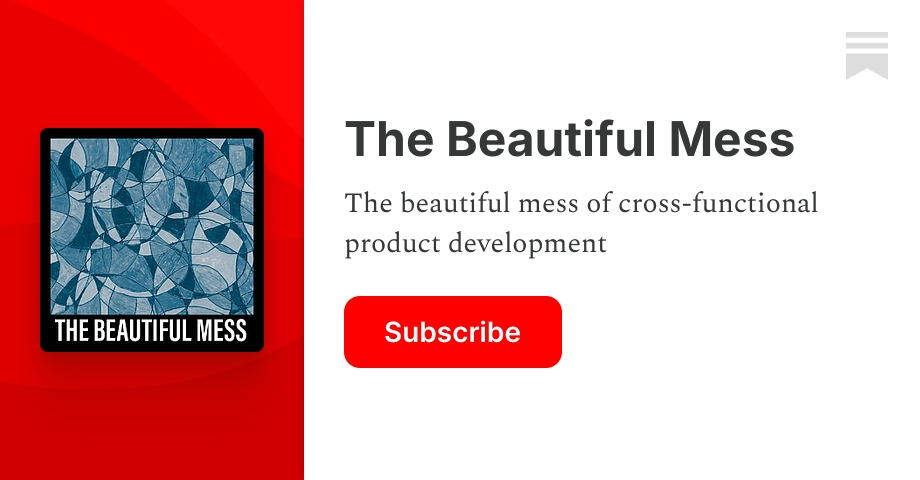The 'Source of Truth' Illusion in Product Development

The common 'single source of truth' problem in product development often misses the mark. It assumes everyone wants the truth, agrees on what that truth is, and is willing to work towards coherence. This article uses the example of a team juggling initiatives, releases, launches, epics, and various allocation frameworks to illustrate the inherent complexity. Forcing standardization hinders efficiency, while embracing full complexity leads to cognitive overload. The key is finding a balance, acknowledging the nuances, and avoiding the suppression of reality to achieve better operational effectiveness. The author questions how organizational tools and systems reflect power dynamics and whose preferences dominate.
Read more
